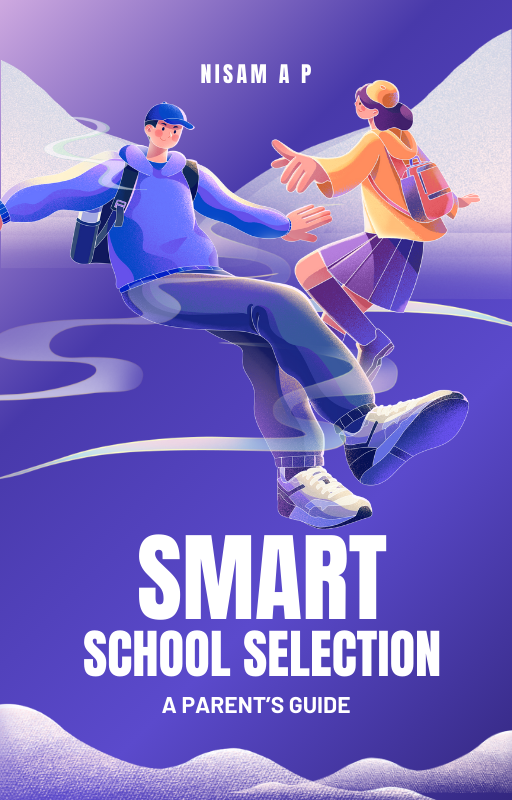Blogs
21 LESSONS FOR 21st CENTURY PRINCIPALS
A visionary in educational leadership, Mr. Nisam has also been instrumental in drafting numerous educational projects that have shaped the academic structure of many institutions. His academic credentials include an MBA and a PG Diploma in Leadership from Jain University, equipping him with both the theoretical knowledge and practical insights necessary to lead and mentor effectively.
In this concise and impactful handbook, Mr. Nisam empowers school principals with the tools and strategies they need to lead schools into the future. His expertise, coupled with his passion for educational excellence, makes this work an invaluable resource for principals aiming to build innovative, forward-thinking schools.
SMART SCHOOL SELECTION
Choosing the right school for your child is a crucial decision that impacts their academic growth and overall development. With numerous options available, parents must evaluate various factors to ensure the best fit. This guide highlights key aspects to consider, helping you make an informed and confident choice for your child’s education. A small guide by NISAM AP.




